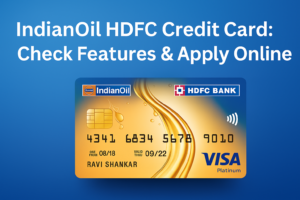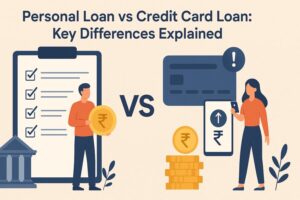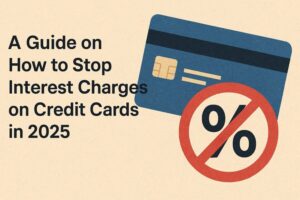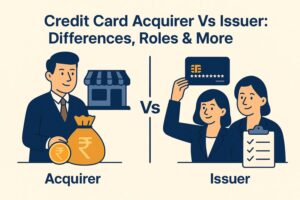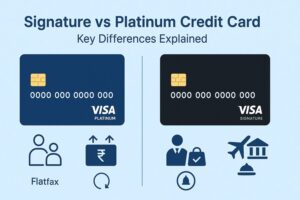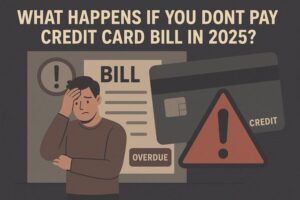How Do Credit Card Companies Make Money?
- 30 Oct 25
- 7 mins
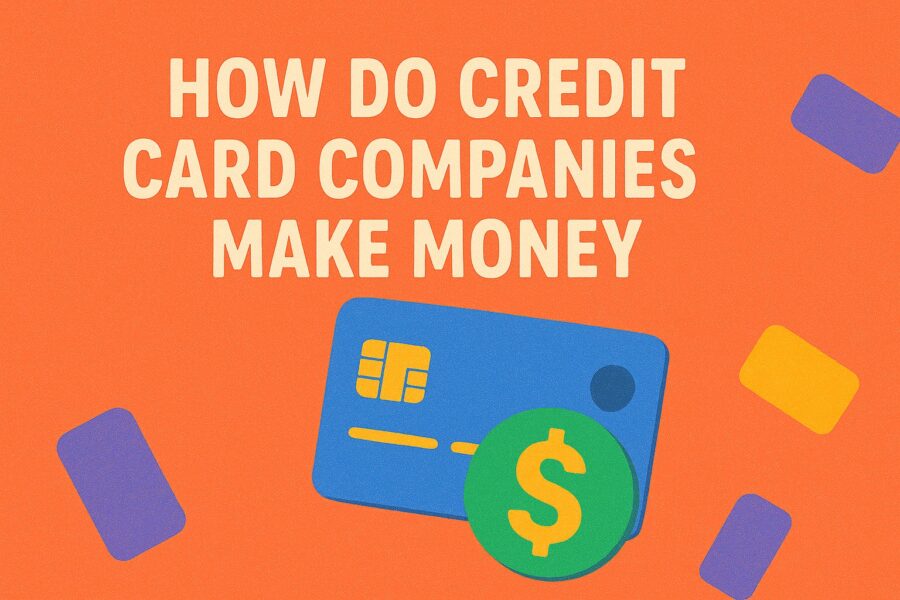
How Do Credit Card Companies Make Money?
Key Takeaways
- Credit card use has become an important part of the payment ecosystem, with over ₹21.16 lakh crore worth of spends being recorded in 2024-25 alone.
- The credit card industry has two important parts, i.e., the issuer, who are banks and financial institutions; and networks, which process the transactions.
- Credit card companies have multiple avenues to make money, with interest rates, joining fees, and EMI rates being primary sources.
- Companies also make money by adding merchant fees, annual fees, cash advance costs, and penalties.
- Users can avoid bearing significant costs through their credit cards by paying their bills on time and knowing what kind of fees are hidden in the cards.
Credit cards are now an important part of the payment ecosystem in India. The industry has been growing steadily with growth approaching 20% CAGR over the last five fiscal years. In FY2024-25 alone credit card spending was over ₹21.16 lakh crore, which shows that people are now using cards to pay for everything from groceries to high ticket items.
So, one lingering question remains, how do credit card companies make money? Understanding the answer will help you steer clear of costly mistakes while using your card. Read on for more information.
How the Credit Card Industry Works
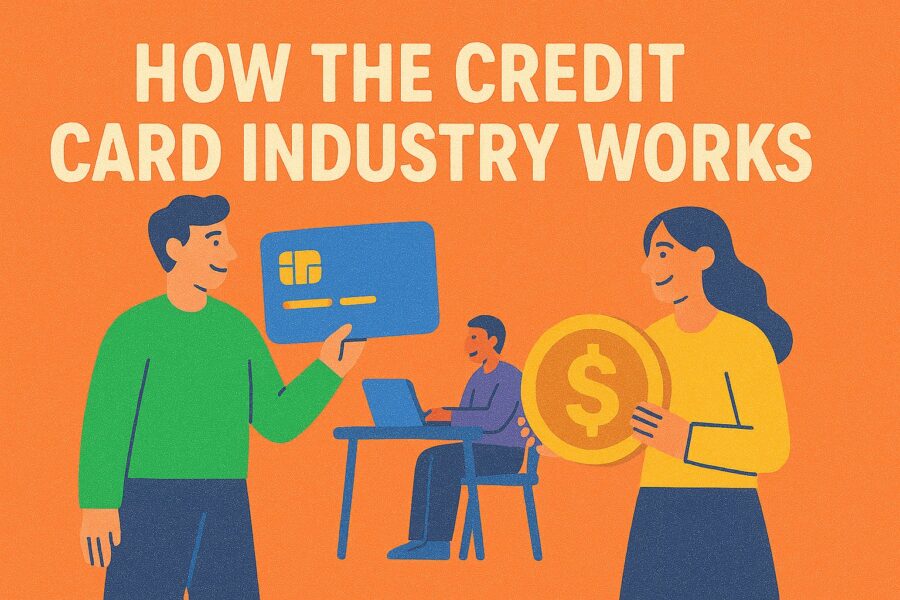
Many cardholders think of a “credit card company” as a single entity, but the ecosystem is made up of two distinct players. They are issuers and networks, and each has a very different role. They are discussed in detail below:
- Issuers
Credit card issuers are banks or financial institutions that provide credit cards to their customers. When you swipe your card, the issuer pays the merchant fees on your behalf. Later, you repay the issuer, often with interest if dues are not cleared on time.
- Networks
Credit card networks, such as Visa, RuPay, and Mastercard, process transactions between issuers and merchants. They verify card details, approve payments, and ensure money moves smoothly within seconds.
4 Ways Credit Card Companies Make Money
Understanding the main revenue streams can reveal why your card costs what it does.
- Interest Income
This is the single most significant source of being able to make money for all issuers. From the moment you do not pay your full bill, you will incur interest on that unpaid amount.
Interest rates are substantial, sometimes ranging from 30-50% a year for both revolving balances, EMIs and cash advancements. Even the amount you have not paid, which is a small result, can quickly escalate and generate a sizable profit for the bank.
- Interchange and Merchant Fees
Every time you make a transaction, there is a cost paid by the merchant called the Merchant Discount Rate (MDR). This merchant discount typically ranges from 1% to 3% of the transaction value.
While the merchant pays this interchange, a large portion of this cost goes to the card issuer, as the card network takes their percentage of the discount of the fees charged to the cardholder merchant and provides a fee giving guaranteed capacity to even the largest corporations.
- Membership and Annual Fees
Many cards charge for joining the card and/or an annual charge for renewing the card. Premium cards often carry a higher charge (e.g., some premium cards charge more due to lounge access and travel benefits, or premium cash back).
In either case, these charges provide a reliable stream of revenue for the issuer without having to worry about whether you used the card or not.
- Other Charges
We can also recognise revenues from late payment fees, borrowing fees associated with cash advances, balance transfers and charges associated with international charges. None of these get the attention of the cardholder and they often go unnoticed, at least collectively they yield a sizable revenue.
5 Hidden Costs That Boost Credit Card Company Profits
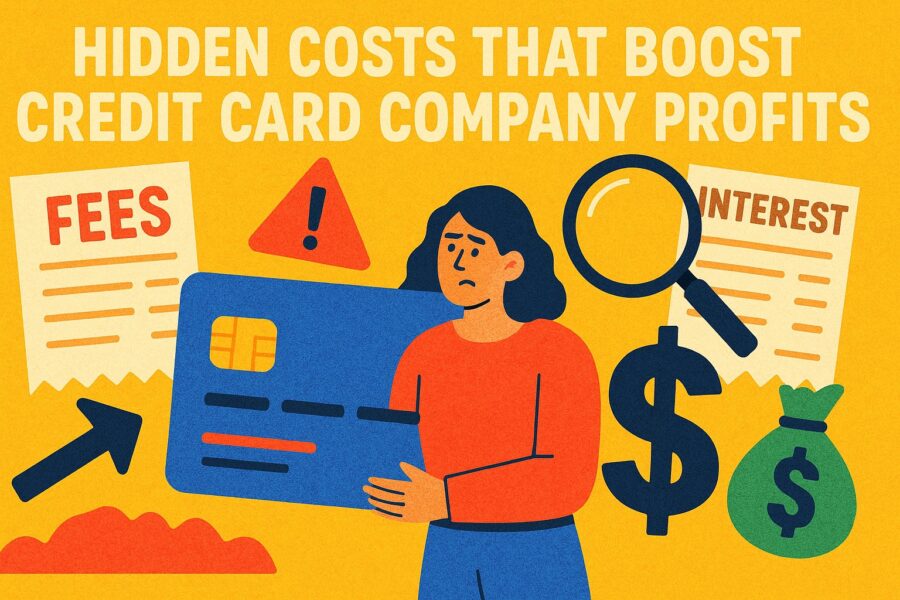
- Cash Advance Costs
When you withdraw cash, charges apply from the first day of the month. There is no interest-free period. On top of that, banks add a flat cash withdrawal fee. This makes cash advances one of the costliest services on a card.
- EMI Conversion Traps
Converting spends into EMIs looks easy on the pocket. But banks often charge a one-time processing fee. Interest rates, even if lower than those of revolving credit, still add an extra cost. Over time, you may end up paying significantly more than the purchase price.
- Minimum Payment Risk
The minimum payment option can keep you in debt. It avoids late fees but leaves most of the balance unpaid. That balance attracts high-interest charges. Slowly, the debt accumulates, yielding substantial profits for the issuer.
- Penalties and Extras
Late payment fees are steep. Missing deadlines even once can also increase your interest rate. Foreign transactions make overseas use expensive. Overlimit charges apply when you cross the set credit limit. Returned payment fees apply if a cheque or auto-debit fails.
- Cost Behind Reward
Credit card rewards are not free. SBI Card spent ₹622.63 crore on rewards in the fiscal year 2021–22. Customers who pay interest, delay bills, or opt for EMIs indirectly pay for these perks for others.
7 Smart Ways to Cut Card Costs
Knowing how do credit card companies make money is only half the battle. Use these tips to stay ahead:
- To avoid paying interest, always pay your bill in full every month.
- Set payment alerts or automatic debits to avoid late fees and pay on time.
- Be sure to have an emergency fund so you do not have to incur expensive cash advances.
- Be attentive to balance transfer fees and foreign transaction fees. If you can, use low or no-fee cards.
- Be able to justify the annual fees. If you have premium cards, make sure the benefits are greater than the costs.
- Check the fee sheet or the schedule of charges before using a feature.
- Redeem rewards on time to maximise the value.
💡Pay your credit card bills in an easy and secured way with the PICE App.
Conclusion
While credit cards can be useful tools for managing finances, they are also money-making devices for credit card issuers. By understanding how do credit card companies make money, you can sidestep pitfalls regarding high interest and hidden fees.
When it comes to credit cards, the best method is to pay on time, avoid using cash, monitor all your charges, and only keep the cards that are useful to you. If you can do this and maintain a good credit score, you can have the advantages from the use of credit cards without allowing banks to profit off your mistakes.
 By
By 






